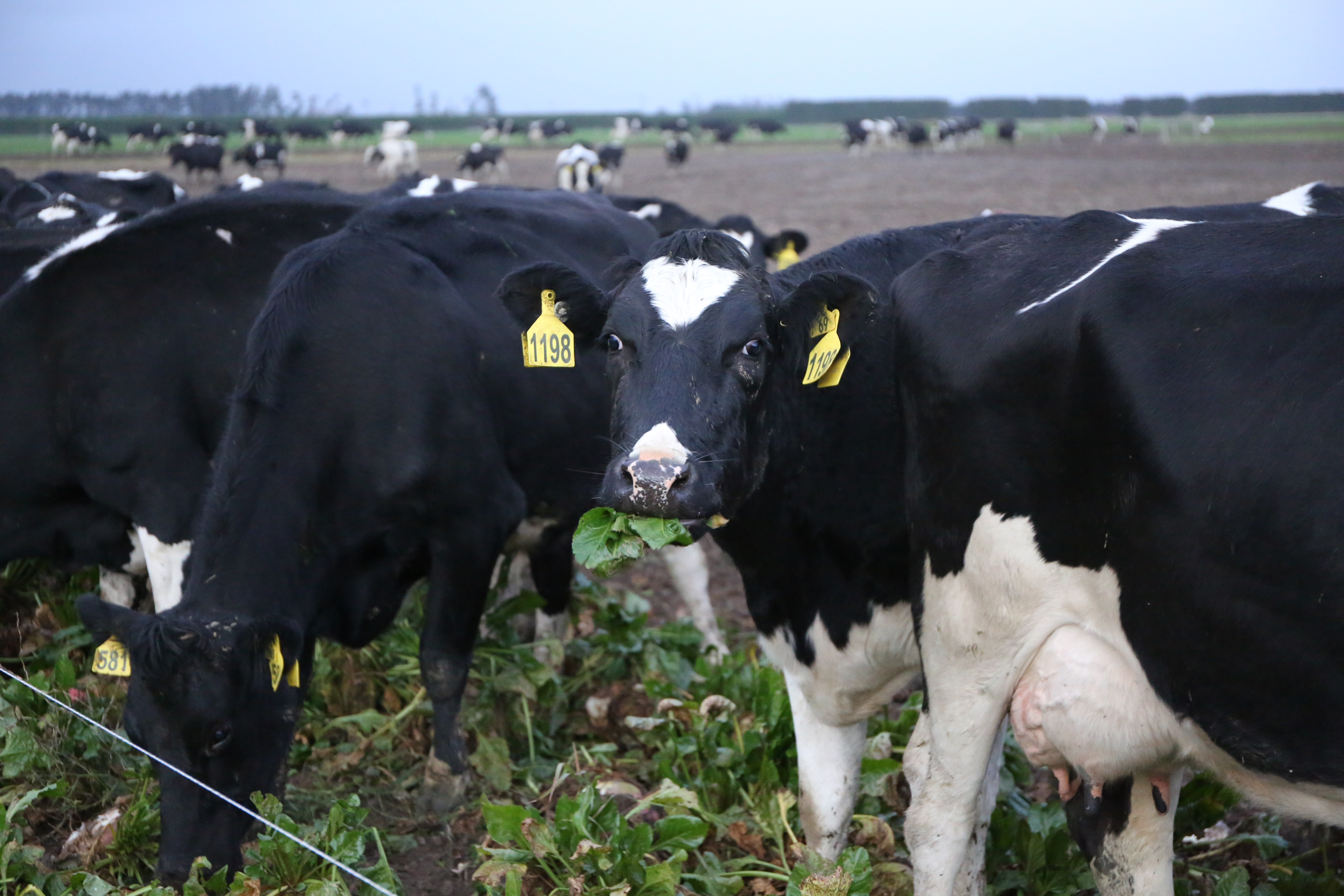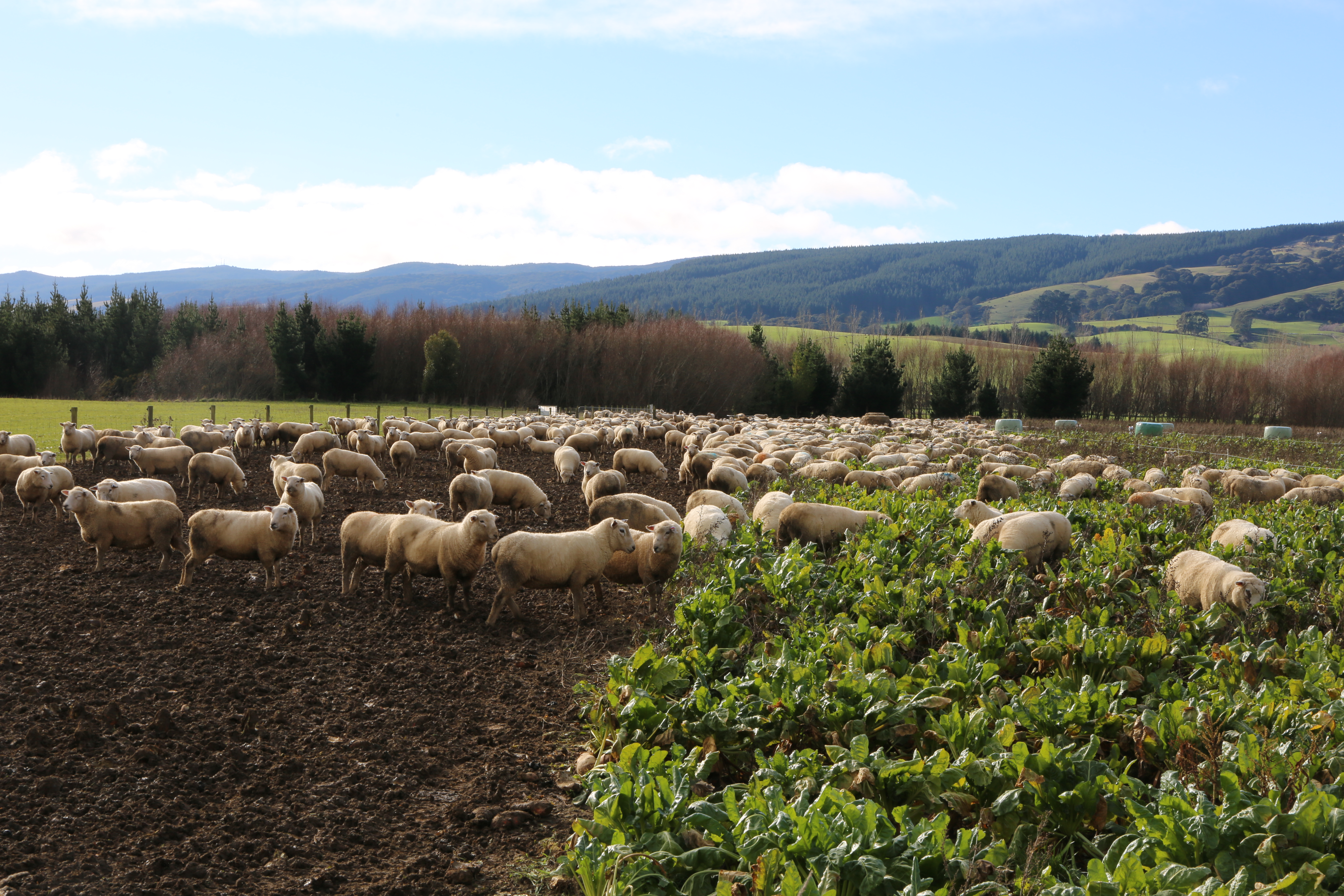Ensure appropriate Transition to Fodderbeet Grazing
Transition is the process of introducing fodderbeet as a feed to animals.
Ruminant animals, especially cattle, will likely suffer from critical acidosis if the transition process is not managed well. At the least the animals will be ill and in the worst-case animals will die.
There is very good understanding how transition should be managed to minimise the risk of acidosis.
This process is most critical for cattle. Sheep are not prone to suffering from acidosis. Once the animals have been fully transitioned they will not get acidosis.
The following information is only a guide and we recommend you contact your KWS representative for specific advice.
Key Principles
Ensure all animals are eating fodderbeet through transition phase
Gradually decrease amount of other feed as the amount of fodderbeet made allocated is increased
Ensure animals are fully fed before the daily allocation fodderbeet in the transition phase
Ensure adequate supply of Phosphorous (P) and Calcium (Ca), particularly for pregnant dairy cows
Vaccinate for clostridial diseases before grazing
Animal Health
Phosphorus
Phosphorous levels in fodderbeet are typically low and therefore special attention is required here. Phosphorous supplementation maybe required if the proportion of the leaf is less than 25 percent of the total dry matter of the plant and supplement quality is poor.
Clostridial diseases
Because of the relatively high sugar diet, clostridial diseases can be problematic on fodderbeet and for this reason young cattle, ewes and lambs should receive a clostridial vaccination before entry onto the crop.
Acidosis
Acidosis is the primary health concern related to feeding fodderbeet. All efforts must go into prevention management.
If animals suffer from mild acidosis, reduce their fodderbeet intake to 75% of their current allocation for 4 days before re-transitioning them. Acute cases of acidosis will cause a relatively quick death.
Discover more
Your contact partner





